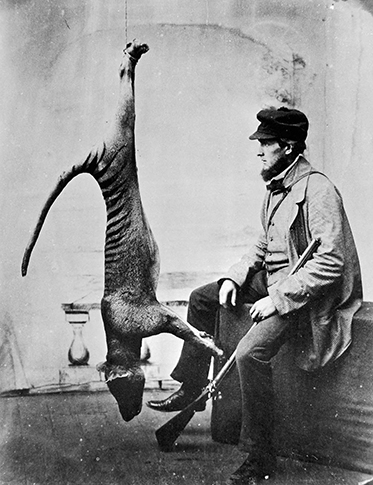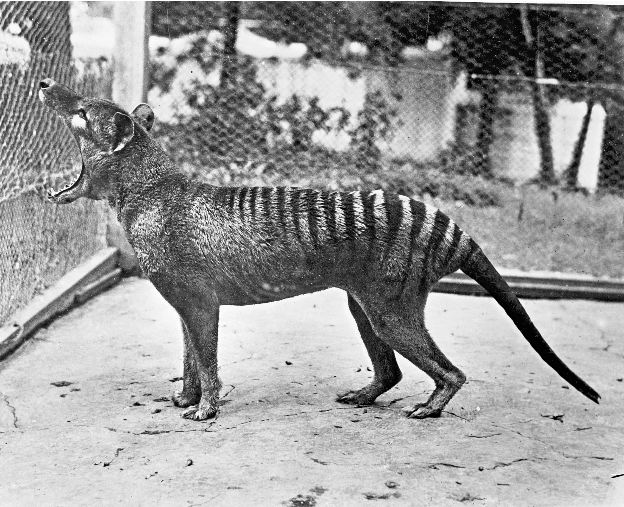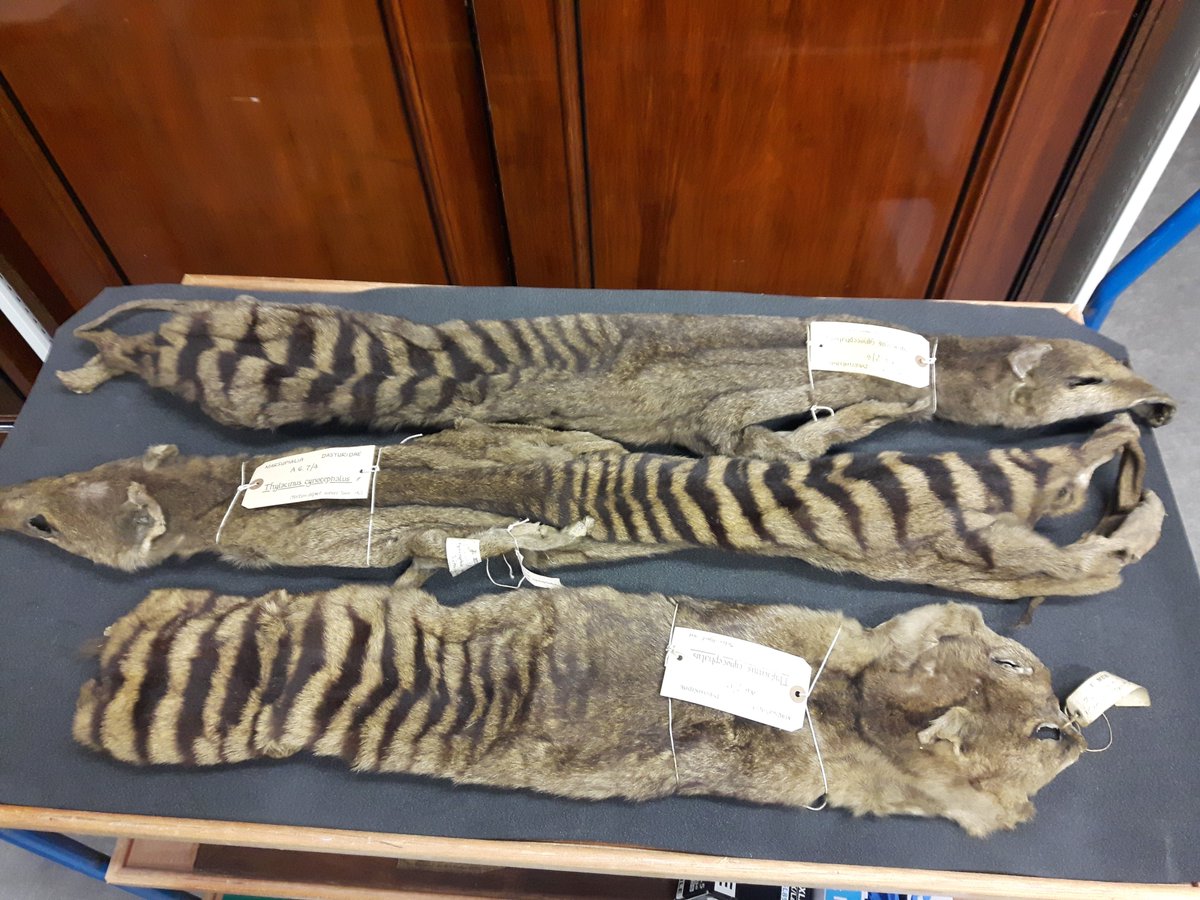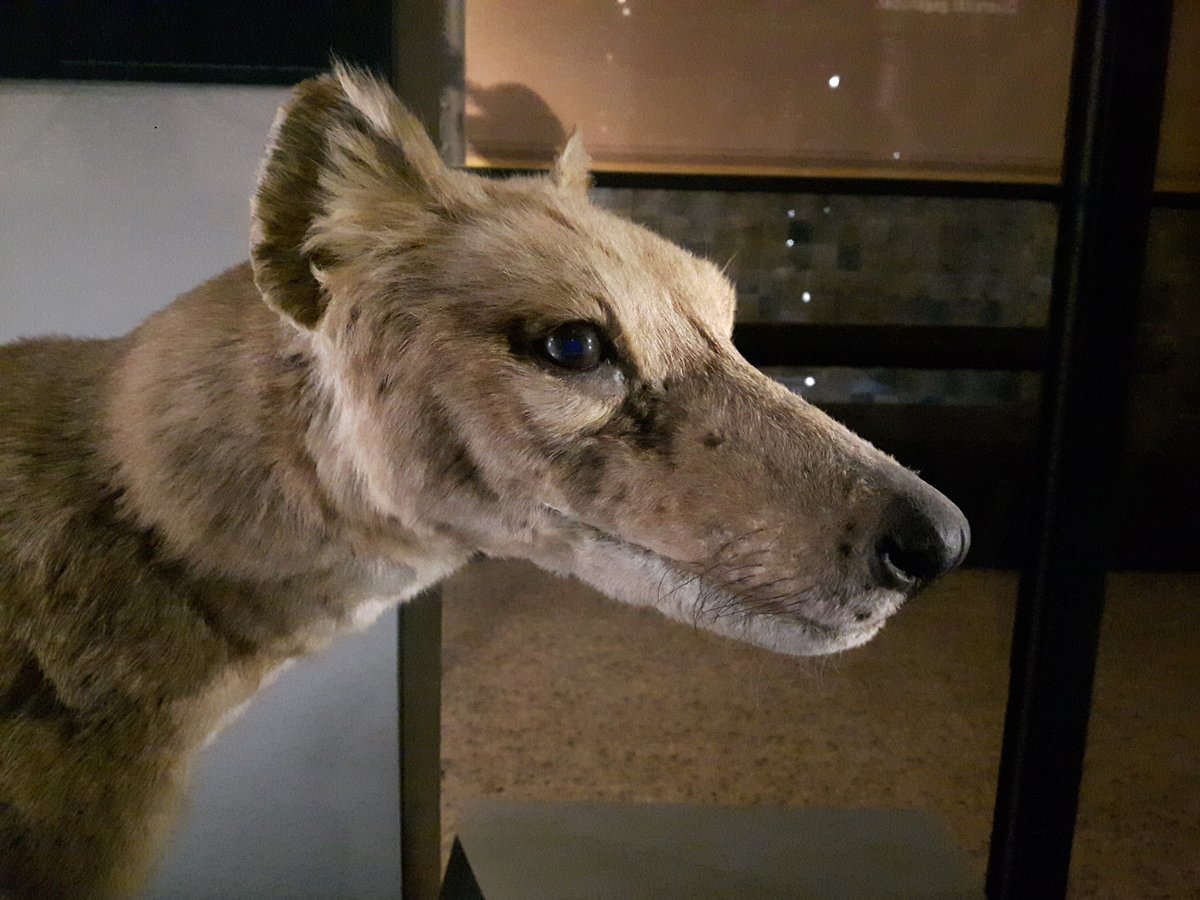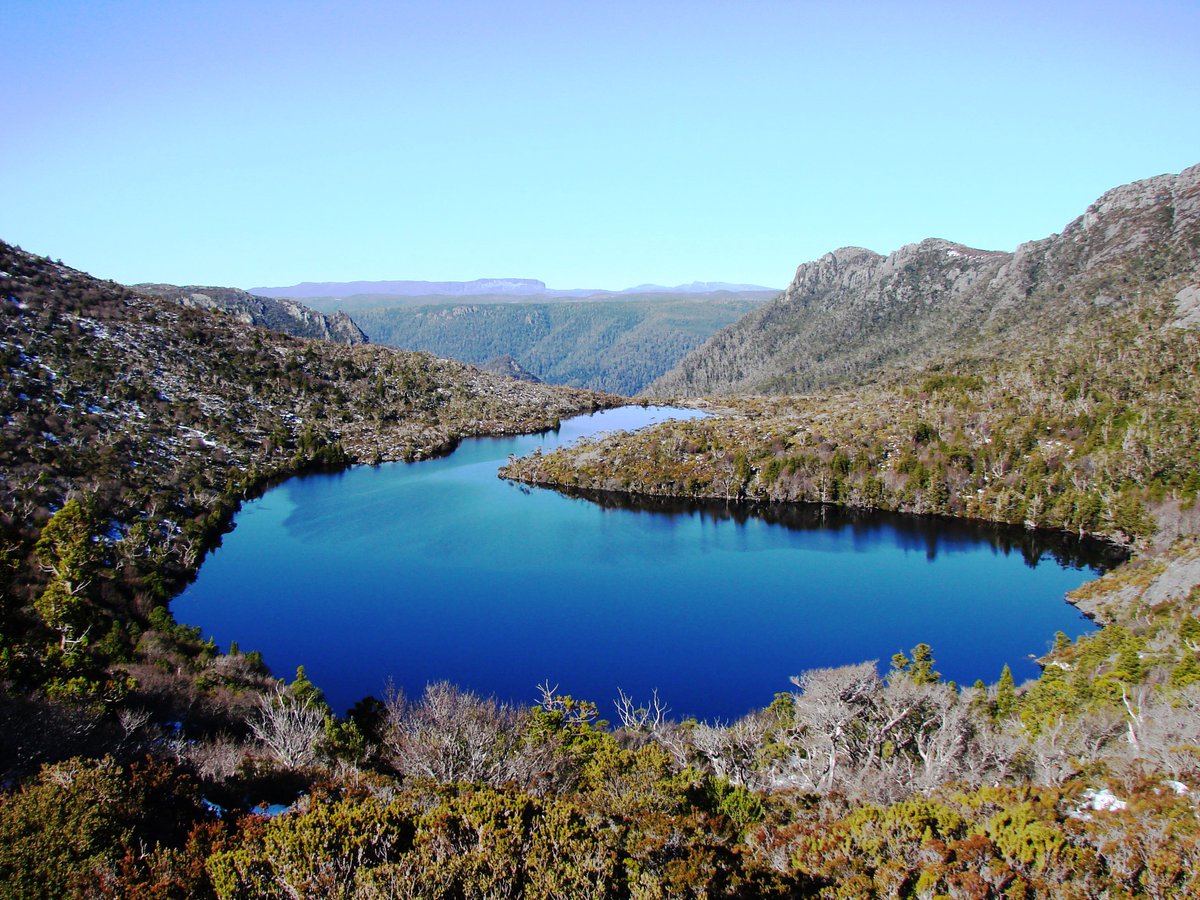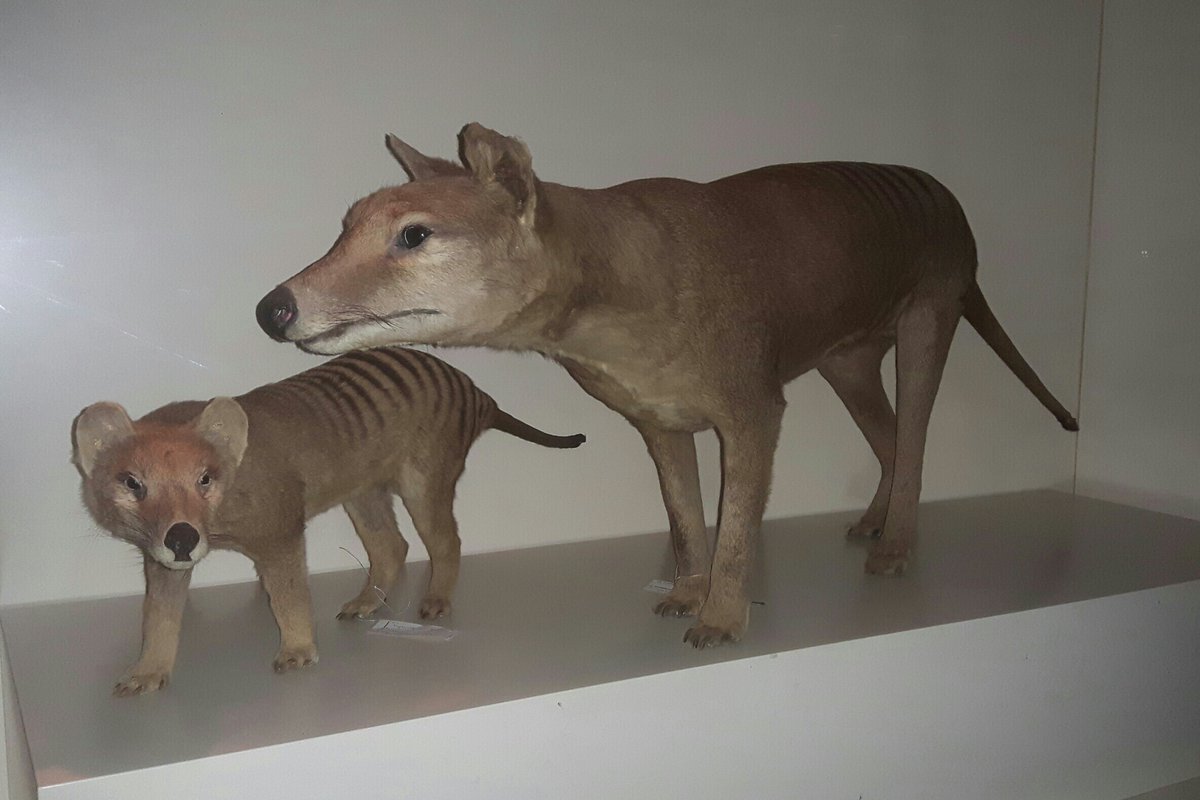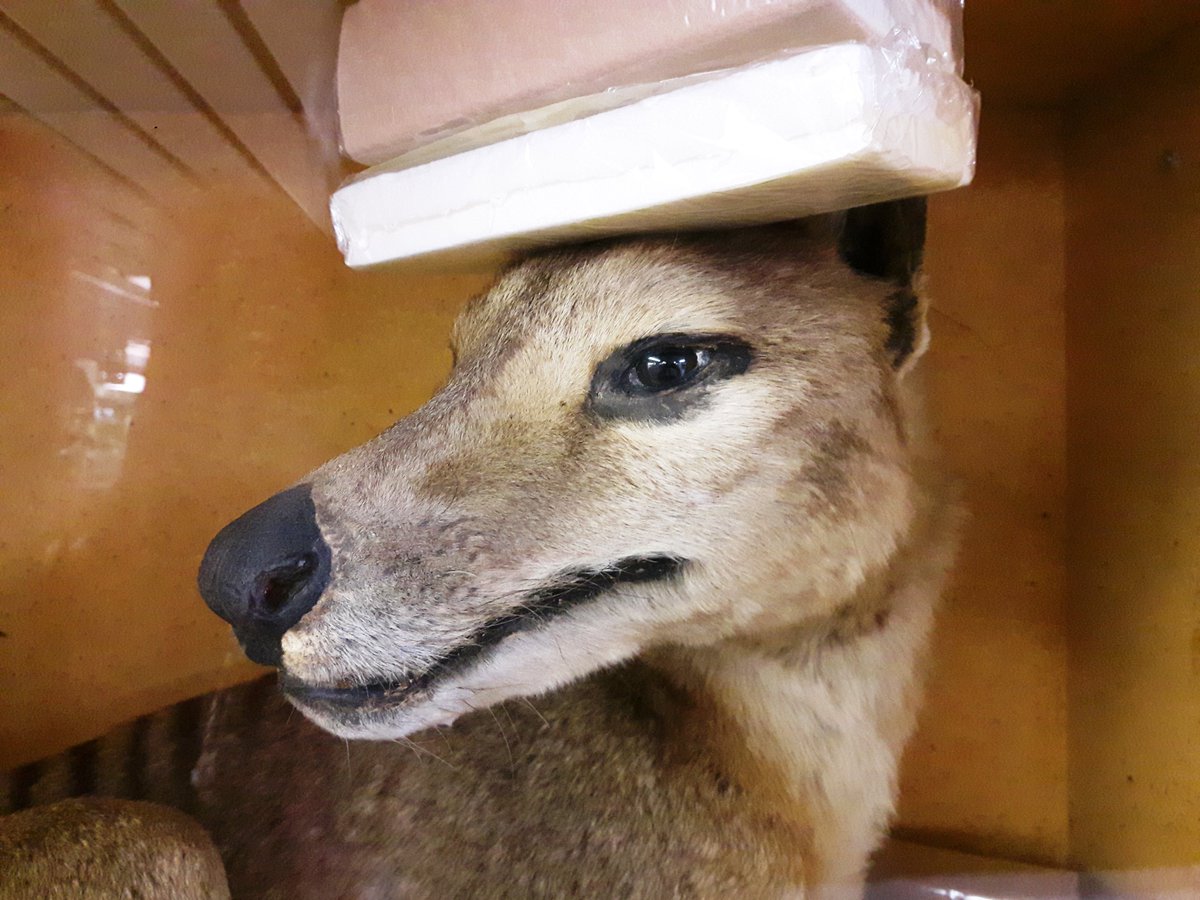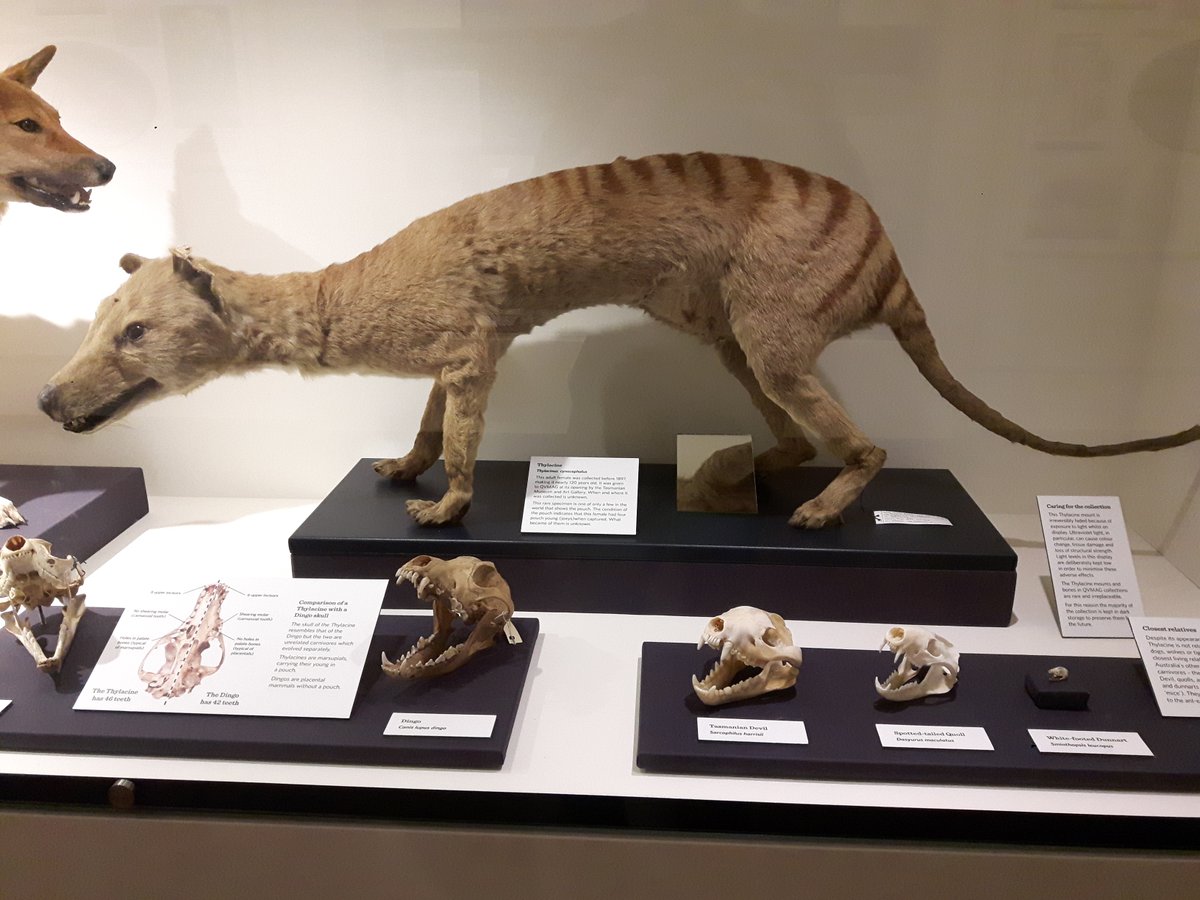There's been gentle criticism of the new #thylacine study (where @BraveNewClimate concludes #thylacines probably survived to the 90s) as it's based eye-witness accounts, which are obviously unreliable.
Here's a little thread why I think it's interesting https://www.biorxiv.org/content/10.1101/2021.01.18.427214v1
https://www.biorxiv.org/content/10.1101/2021.01.18.427214v1
Here's a little thread why I think it's interesting
 https://www.biorxiv.org/content/10.1101/2021.01.18.427214v1
https://www.biorxiv.org/content/10.1101/2021.01.18.427214v1
(It's important to say that the authors have released the paper as a pre-print, which means it hasn't been peer-reviewed yet. This allows them to gather useful feedback from the wider academic community, but it means that we can't take the results and run with them just yet.)
The story of the decline of the #thylacine begins in earnest in 1830, when the Van Diemen's Land Company (a sheep-farming business who still exist) instigated the first bounty for killing #thylacines. Subsequent bounties were in place until 1909. But when did they die out?
By the end of the bounty-system #thylacines were very rare, and numbers never recovered. The last confirmed wild #thylacine was recorded in the 1930s. The last captive thylacine died in Hobart Zoo in 1936.
But nobody thinks that's when they became extinct.
But nobody thinks that's when they became extinct.
In the decades immediately after the last known #thylacine died in 1936, expeditions to capture any remaining wild #thylacines failed, but several accounts of surviving thylacines from this time are highly credible. It's extremely unlikely they were extinct then.
The chances of humans encountering the last member of a species are vanishingly small.
Even though there had been no confirmed #thylacine since 1936, few would argue that #thylacines went extinct before the 1960s.
But after 1936, all we have are unconfirmed eye-witness accounts.
Even though there had been no confirmed #thylacine since 1936, few would argue that #thylacines went extinct before the 1960s.
But after 1936, all we have are unconfirmed eye-witness accounts.
We know #thylacines once existed, but all we have to work out when they stopped existing are unverified eye-witness reports. So to go beyond just hunches, @BraveNewClimate's study suggests a way of using "sightings" to predict an extinction date.
That seems like a reasonable idea
That seems like a reasonable idea
#Thylacines surviving to the 1960s is very probable. And there was a #thylacine sighting in 1982 that was so plausible the Tasmanian government and WWF launched an (unsuccessful) expedition to follow it up. It *could* have been based on a lie, but...
Assuming that #thylacines were alive in 1982 - or even the 1960s - it doesn't seem to be a major stretch to believe that they were still around in 1990s (or possibly beyond), which is the exact conclusion of the statistical analysis at the heart of the new #thylacine paper.
Now, I am eager to hear what statistics experts make of the method the researchers use to predict #thylacine extinction, but on the face of it it seems plausible.
With no human hunting, #thylacines' extinction-spiral could have been slow: 60 yrs post-1936 doesn't seem outrageous.
With no human hunting, #thylacines' extinction-spiral could have been slow: 60 yrs post-1936 doesn't seem outrageous.
To summarise: after the last known #thylacine died in 1936, all we have are unconfirmed sightings.
@BraveNewClimate's team analyse their spread & relative reliability & conclude #thylacines probably survived within the last 30 years.
That's unexpected, but not that unbelievable.
@BraveNewClimate's team analyse their spread & relative reliability & conclude #thylacines probably survived within the last 30 years.
That's unexpected, but not that unbelievable.

 Read on Twitter
Read on Twitter